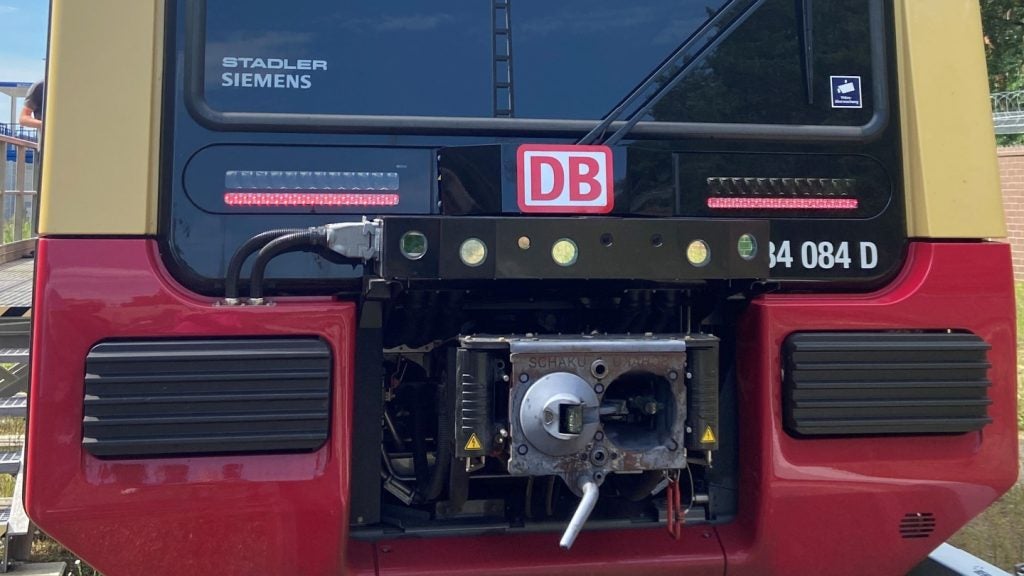The European Commission has announced that three more EU rail freight corridors (RFCs) have become operational, which completes the European rail network for competitive freight.
With six corridors already in service, the new Scandinavian-Mediterranean RFC, the Baltic-Adriatic RFC and the North Sea-Baltic RFC became operational in November 2013.
The total nine corridors form the rail freight backbone of the multimodal Core Network Corridor of the EU.
According to the EU, they form a vital initiative of the commission to achieve a single European rail area for rail freight.
European Commissioner for Transport Violeta Bulc said: "It is an achievement, which strengthens the competitiveness of rail on the European freight transport market.
"The rail freight corridors will now enter into a new phase, which requires ambitious developments in terms of quality of service, capacity and standards.
How well do you really know your competitors?
Access the most comprehensive Company Profiles on the market, powered by GlobalData. Save hours of research. Gain competitive edge.

Thank you!
Your download email will arrive shortly
Not ready to buy yet? Download a free sample
We are confident about the unique quality of our Company Profiles. However, we want you to make the most beneficial decision for your business, so we offer a free sample that you can download by submitting the below form
By GlobalData"Rules and procedures must be harmonised and the corridors must develop as a network, focused on market and customer needs."
Boosting co-operation across borders at the level of member states and rail infrastructure managers, the RFCs also bolster involvement of users in the development of the rail freight system in Europe.
The RFC concept is aimed at offering capacity of good quality for international freight trains by co-ordinating capacity planning, traffic and infrastructure management.
The aim is also to establish full-service corridors as single contact points for the customers.
The commission is co-funding for their activities through the Connecting Europe Facility.







